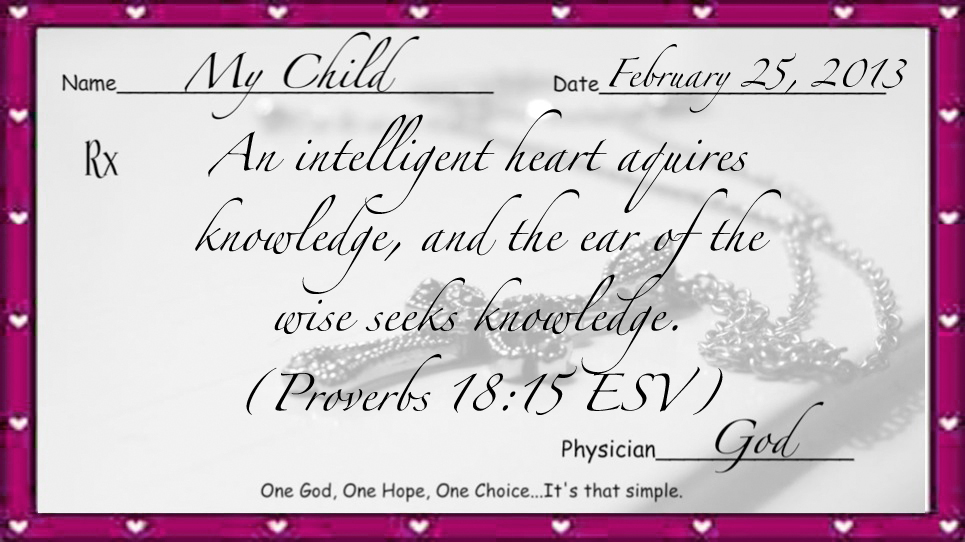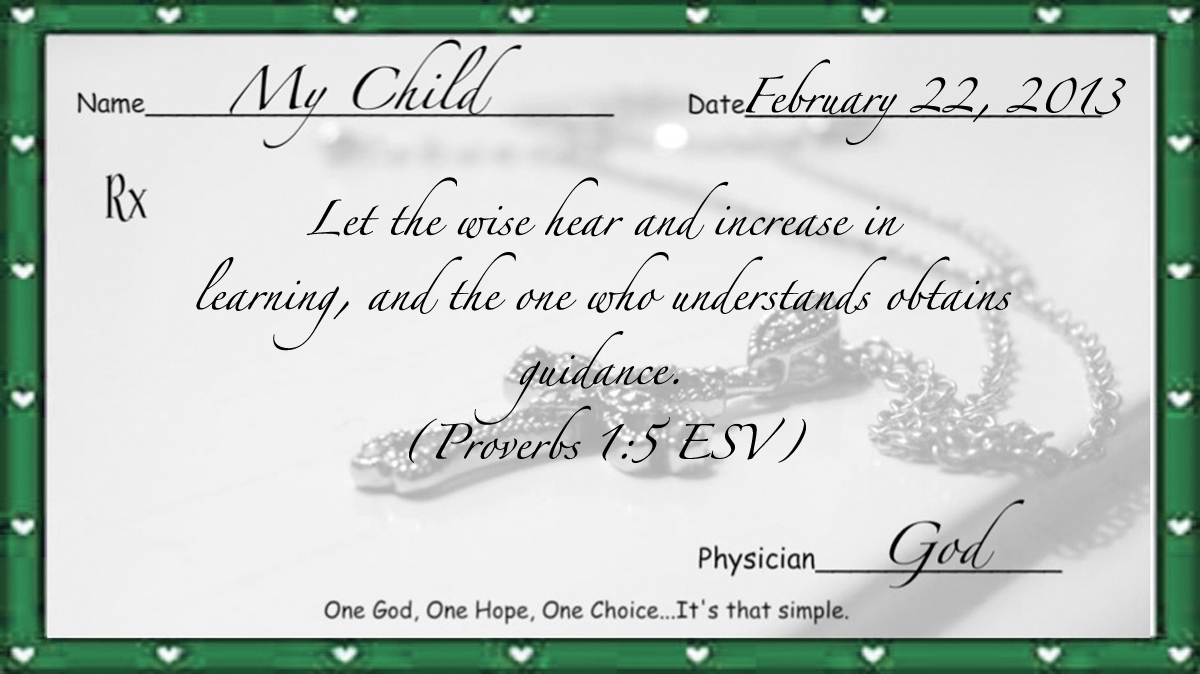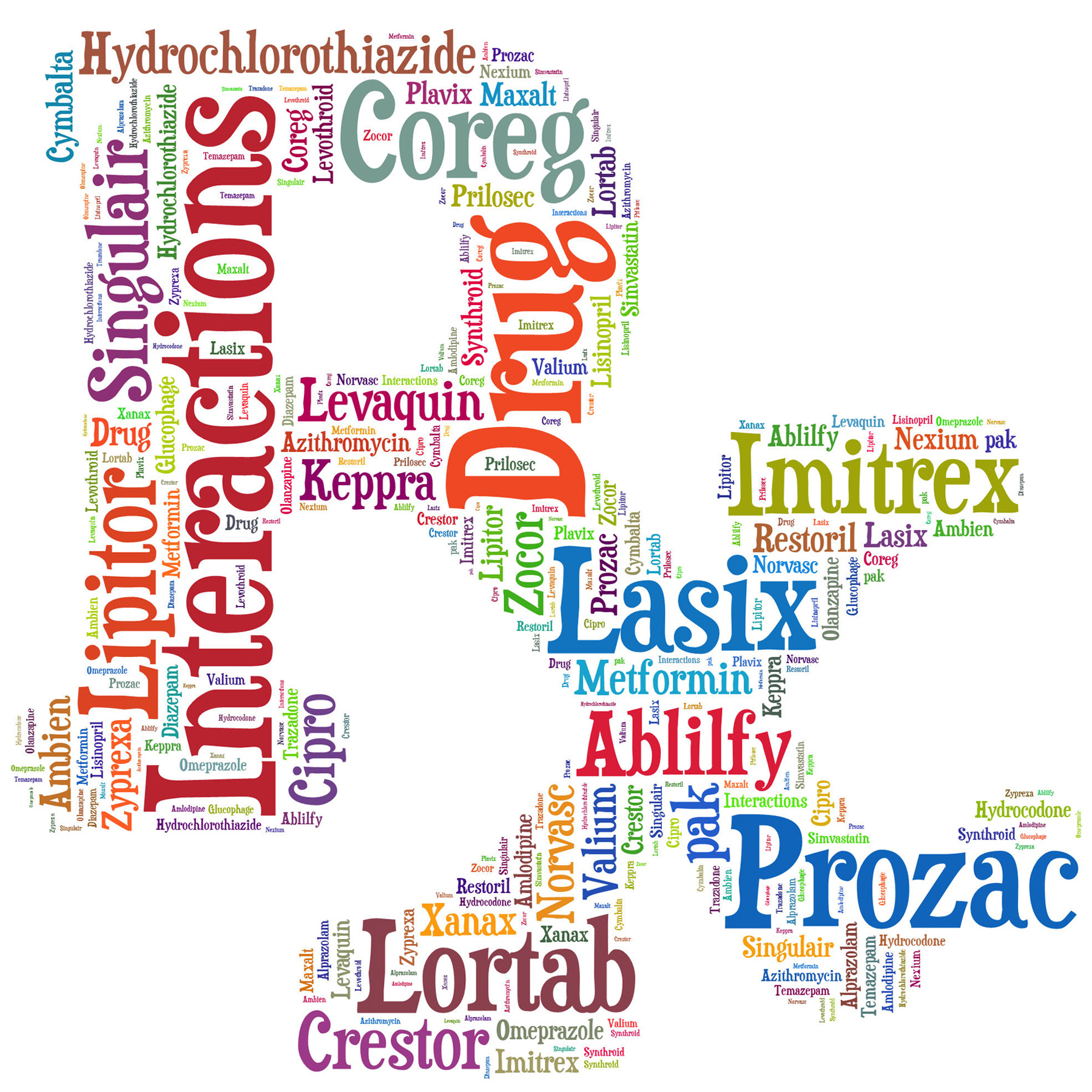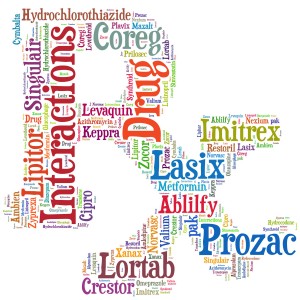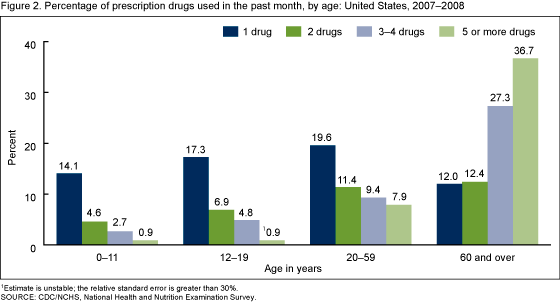On April 10, the Today Show aired a piece on prescription drugs used in the United States. Normally, the Today Show is so liberal, I don’t always agree, but they really did a great section on the “Pill Nation” we live in today.
Here are some of their findings:
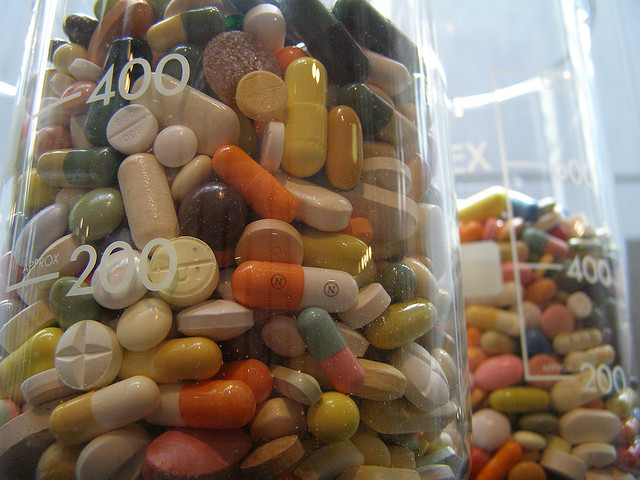
They pose the question: Is America overprescribed? Are we taking too many prescriptions for our own good?
- Over 4 billion prescriptions were written in 2011~of all kinds, shapes, and sizes. {Click hereto tweet}
- Nationwide Americans are taking more prescription medications than ever before.
- 15.6 million Americans take pain-killers like hydrocodone, oxycodone, and tramadol are the most prescribed.{Click here to tweet}
- More than 5 million Americans take a sleeping aid.
- More than 18 million take antidepressants.{Click here to tweet}
- The government estimates more than 2.1 million Americans are addicted to prescription meds.{Click here to tweet}
- Emergency rooms treat more than 1.4 million overdoses of prescription drugs each year.{Click here to tweet}
- According to the CDC (Center for disease control) more than 22,000 people die each year from prescription overdoses.{Click here to tweet} (Prescription overdoses can happen way too easily, especially among the elderly, when directions are not followed properly.)
{Okay people, help me out…there’s some serious tweeting to be done here  Please? This is important stuff}
Please? This is important stuff}
The most commonly misused drugs are:
- Anti-anxiety
- Sleeping pills
- Pain relievers
- Antidepressants
Dr. Jerry Avron from Brigham and Women’s Hospital comments that we seem to be a nation that turns to prescription drugs much faster than man other industrialized, wealthy countries.
He also points out (which I have said before myself) that things changed in the 1990’s, when it became legal for prescription drug manufacturers to advertise. Demand for drugs skyrocketed at this point, but of course the drug manufacturers claim they only want to make the public aware of what is available.
Here’s the clip from the Today show that if you’d like to watch (and share)…I’m quite sure there are people that might listen to the Today Show instead of little ole’ me! 
But I’ve said so many of these things before. Here are a few of my old posts that highlight some of these facts, and maybe open your eyes to a new perspective…
- God’s Pharmacy
- America on Drugs
- Dr. God
- A Whole Man
- Help! I’m in pain!
- Falling into the trap of addiction
- Understanding the “Why” Behind Depression
- Addiction may be stalking closer than you think
- Drug Interactions~What your pharmacist and doctor might not tell you
- Seven Reasons to Become Your Own Pharmacist~Well, Sort of…
- How to Find Your Own Drug Interactions: A Drugs.com Tutorial
- How to Identify an Unknown Pill: A Drugs.com Tutorial
- A Letter to My Enemy


